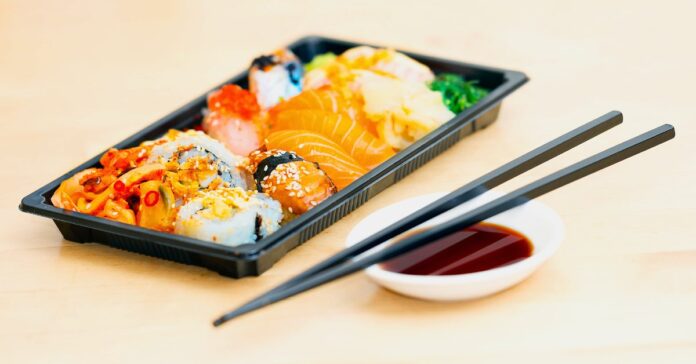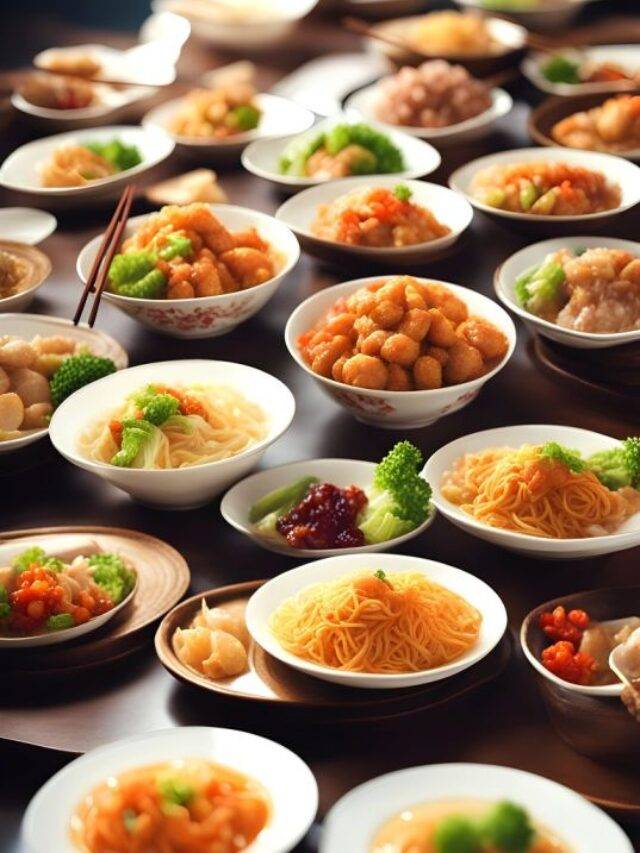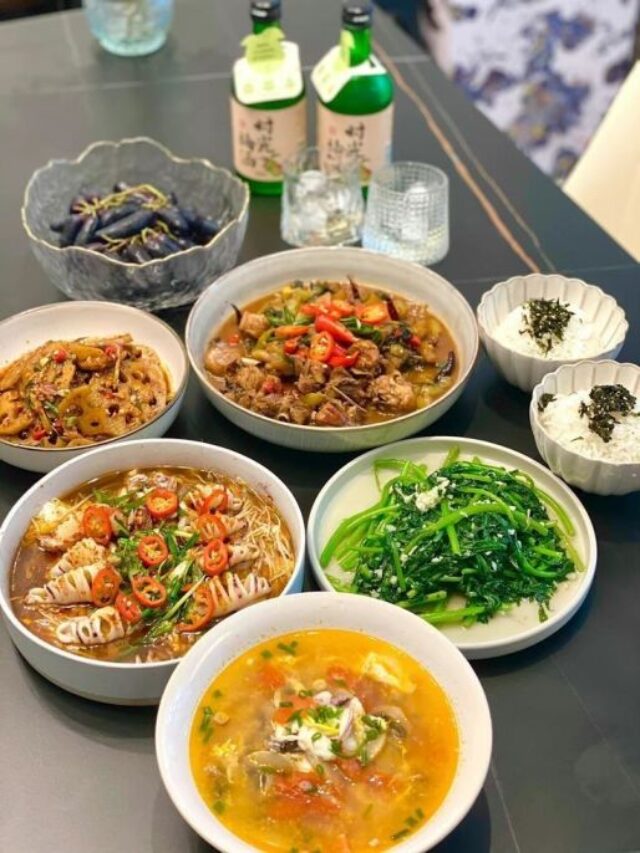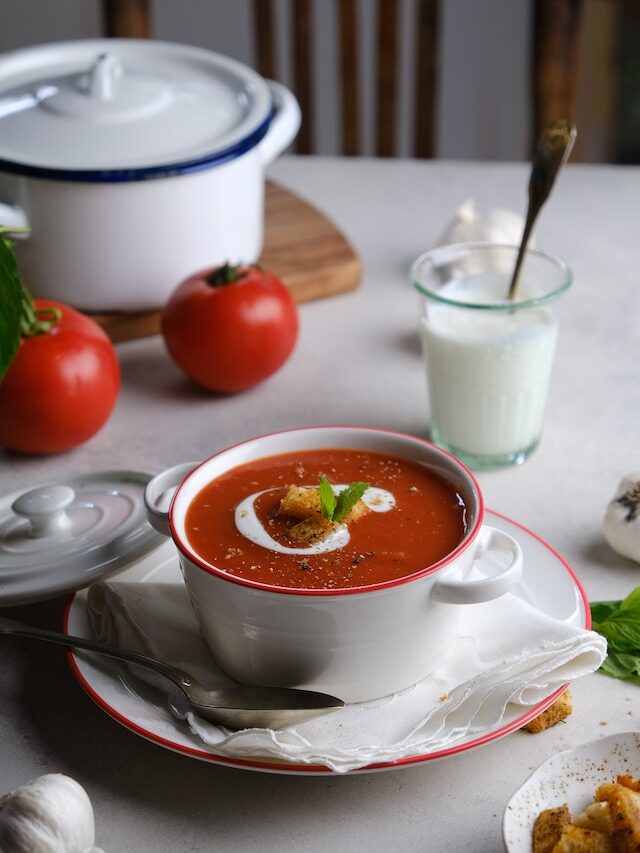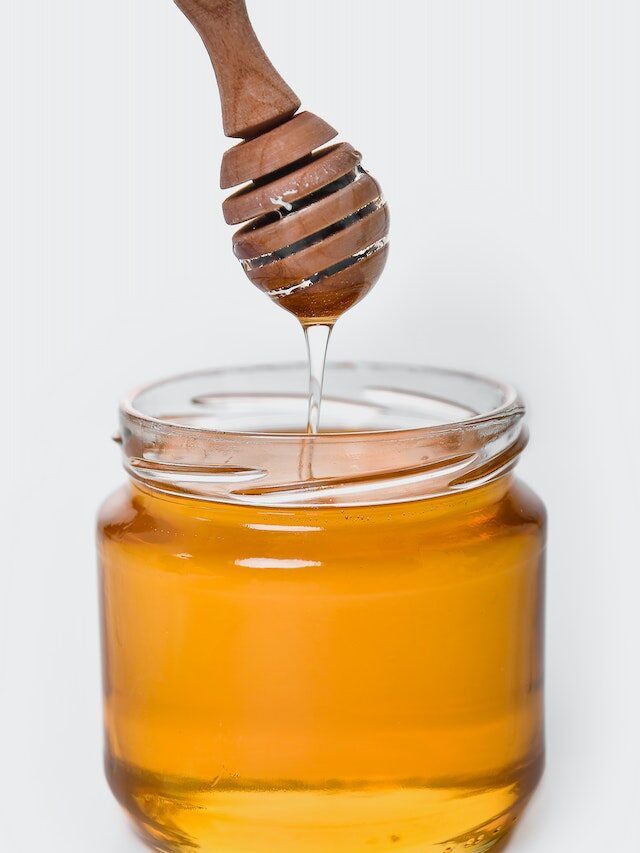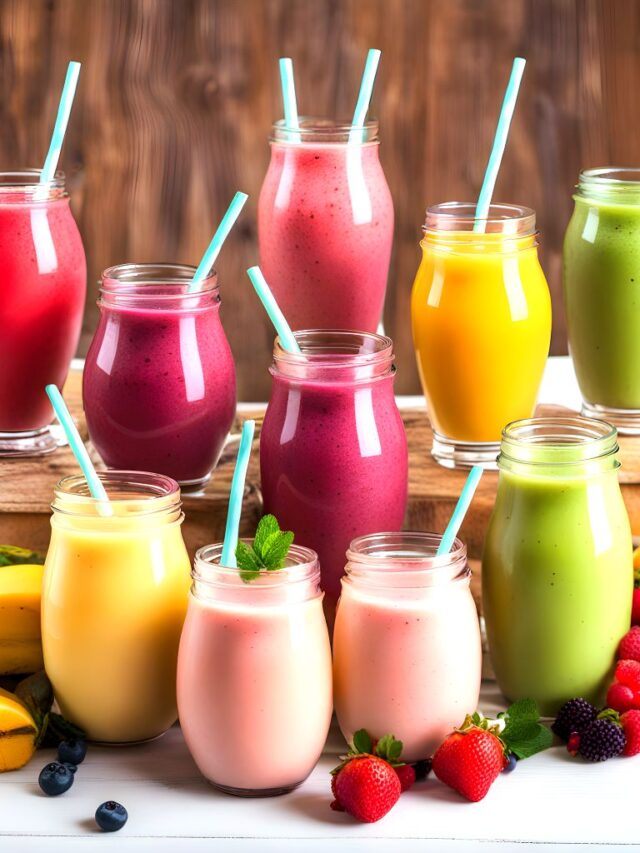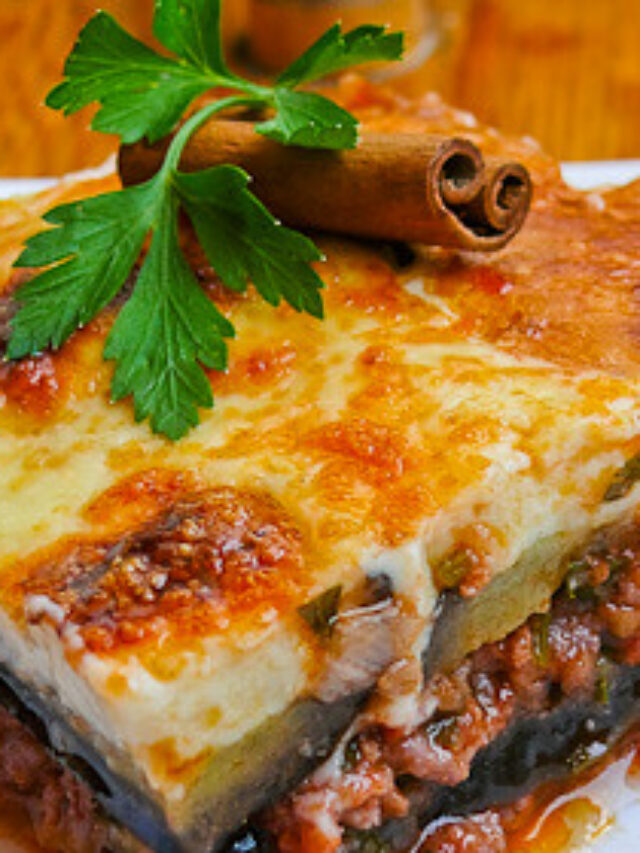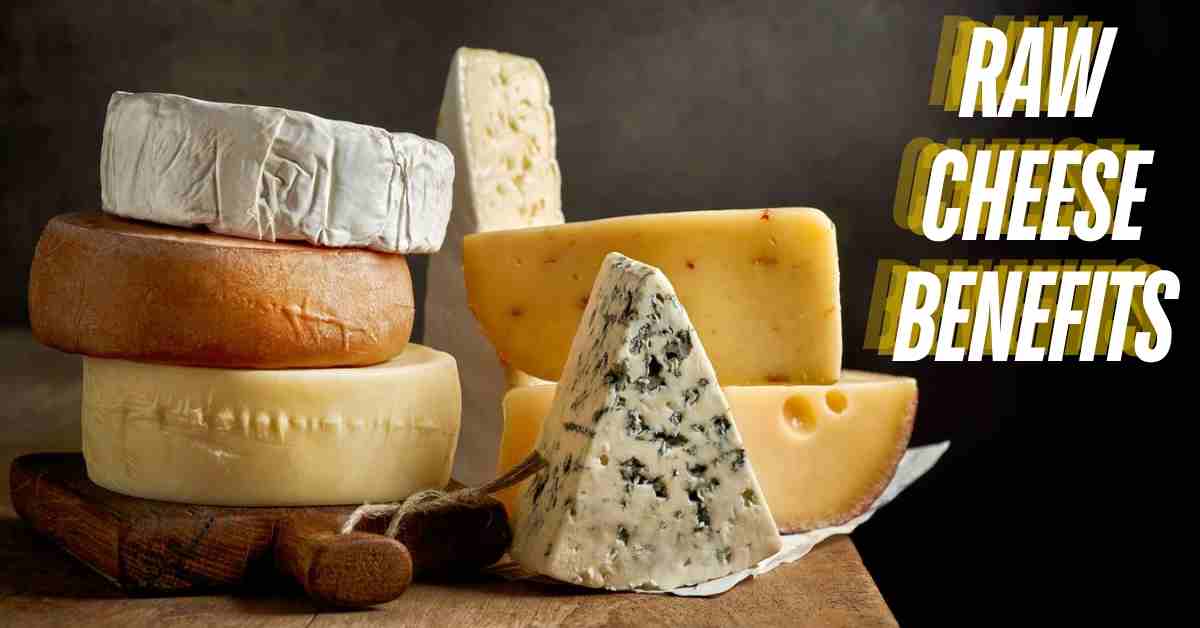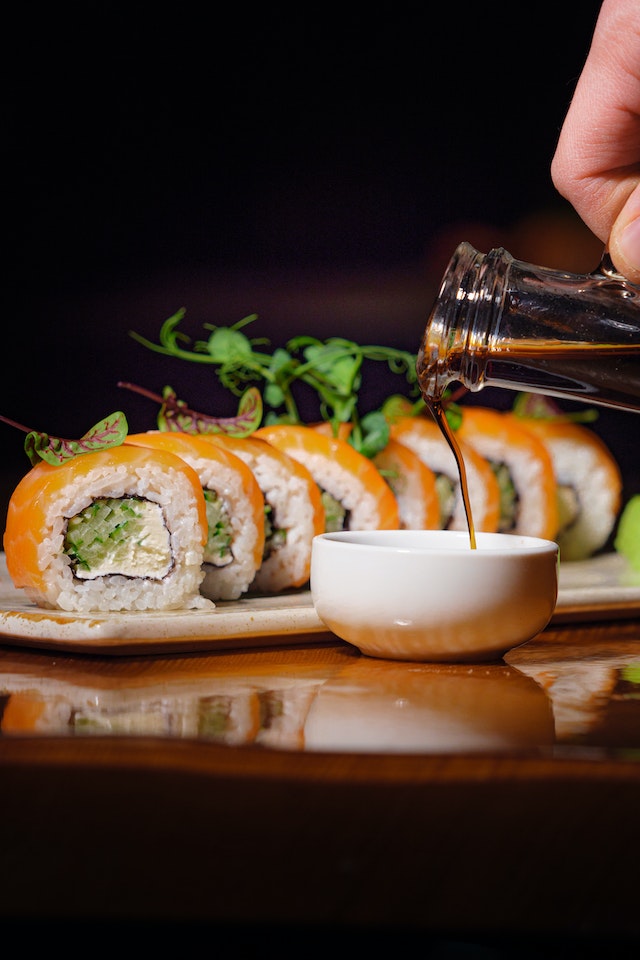
“Many people wonder, ‘What is Dark Soy Sauce?’ Well, let’s delve into it. Dark soy sauce is quite different from its counterpart, light soy sauce”
It’s a crucial ingredient in Chinese and Asian cooking, known for its unique characteristics.
Here’s a Breakdown of What is Dark Soy Sauce?
Lets Starts with its Characteristics and Uses
Characteristics
“So, what is dark soy sauce exactly? It’s thicker, less salty, and has a sweeter taste compared to light soy sauce”
What sets it apart is its extended aging process.
Colour and Flavour Enhancement
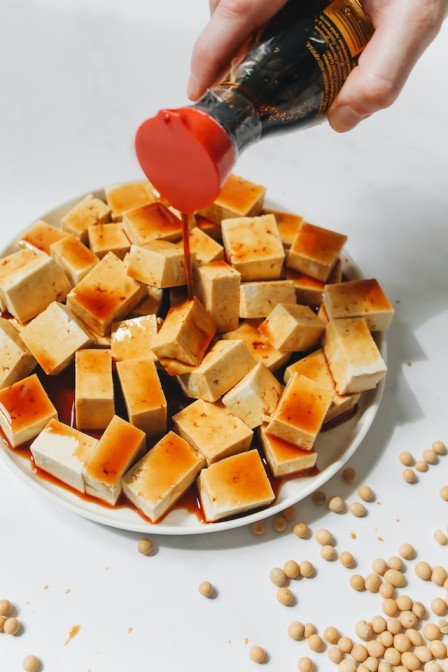
Dark soy sauce is primarily used to add colour and flavour to dishes.
It has a deep, rich colour, and this comes from the extended aging process. This longer aging also gives it a more intense flavour.
Texture and Taste
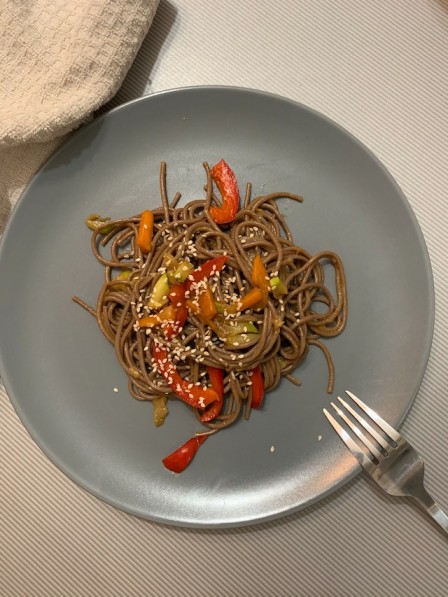
Compared to light soy sauce, dark soy sauce is thicker, less viscous, sweeter, and less salty.
It has a fuller body, making it ideal for certain traditional Chinese dishes.
READ MORE : The Power Trio: Olive oil Lemon juice Cayenne Pepper Benefits
Cooking vs. Dipping
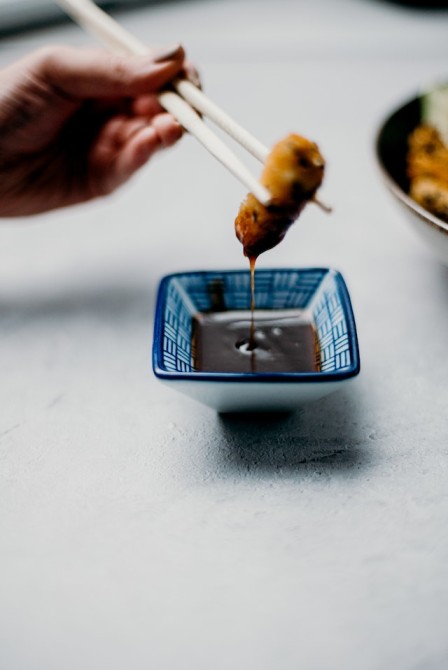
Dark soy sauce is mainly used in cooking rather than as a dipping sauce, which is more common with light soy sauce.
It’s often referred to as a “caramel cooking sauce” or “thick soy sauce” because it contains caramel/molasses components and a starch thickener that light soy sauce lacks.
Traditional Uses
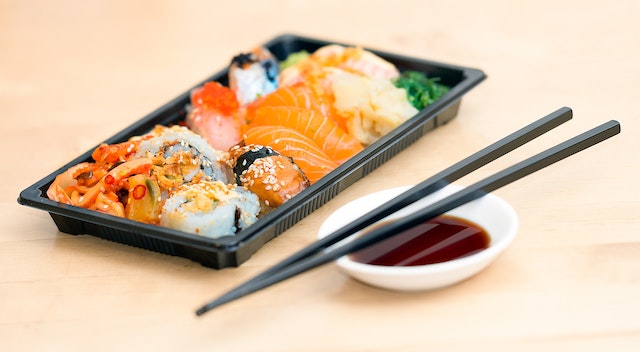
Perfect for Braising: If you’re cooking up some meat, like pork, chicken, or seafood in the traditional Chinese way.
Dark soy sauce is like the secret ingredient here. It not only adds a rich brown colour but also infuses the meat with a wonderful blend of flavours – a bit sweet and savoury.
It’s like a culinary magic trick that makes the meat super tender and absolutely delicious.
Stir-Fry Magic: If you are stir-frying noodles or rice in a sizzling hot pan, just like they do in Chinese kitchens.
Dark soy sauce often makes an appearance.
It’s like the superstar sauce that not only gives your dish that enticing dark hue but also packs a punch of incredible flavour.
Your stir-fried noodles or rice become not just visually appealing but irresistibly tasty.
Elevating Rice Porridge: Sometimes, you’re in the mood for something simple and comforting, like rice porridge.
In China, they sometimes use dark soy sauce to level up this humble dish.
A small drizzle of this sauce can turn plain rice porridge into a more flavourful and visually appealing bowl of comfort food. It’s like giving your porridge a little makeover.
Dipping Delight: While light soy sauce usually takes the spotlight as a dipping sauce, dark soy sauce has its own fan base.
It’s not as salty but has a sweet twist. So, when you’re enjoying dishes like dumplings or other delights that need a dip, dark soy sauce steps in.
It adds a touch of sweetness and richness to your food, making it even more delightful to savour.
RELATED STORIES
Longevity
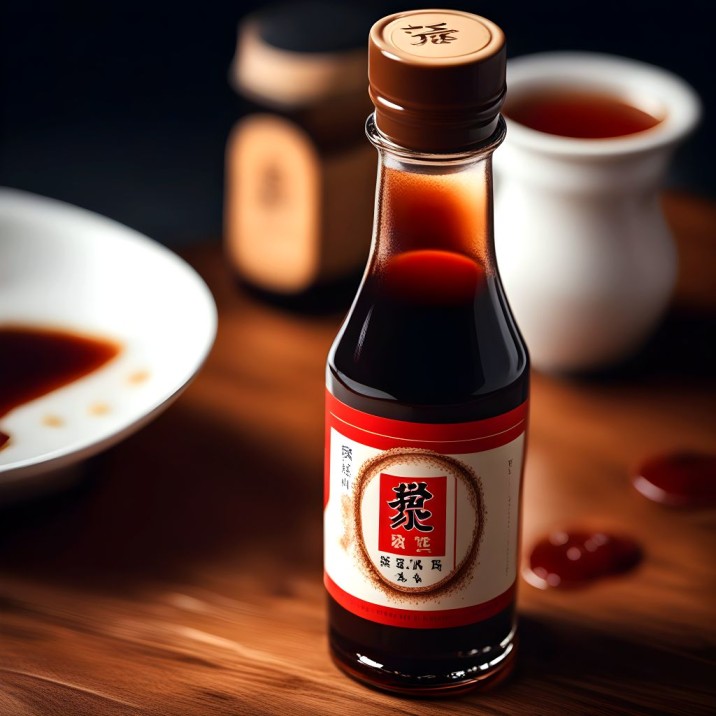
Dark soy sauce has a longer shelf life compared to light soy sauce.
It can last for a year or more, while light soy sauce needs to be replenished more often.
Balancing Flavours
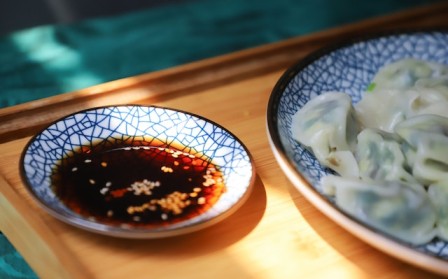
Light soy sauce is more commonly used in Chinese cuisine because it’s salty and adds an umami taste.
In contrast, dark soy sauce is sweet and concentrated, so it’s used sparingly to prevent dishes from becoming overly sweet or bitter.
Examples
Dark soy sauce is essential for dishes like “Hokkien Mee” and braised pork and egg. It imparts the distinct brown colour seen in these dishes.
READ MORE : 20 Health Benefits of Cinnamon: From Flavour to Wellness
Varieties
There are other variations of soy sauce, such as white soy sauce from Japan, “Kecap Manis” from Indonesia (which includes palm sugar), soy molasses for marinating, and Malaysian soy sauce with added caramel, now you might be curious, ‘What is dark soy sauce’s role among them?’
It’s primarily used for adding colour and flavour to dishes, with its deep, rich hue being a result of a longer aging process.
In the world of soy sauces, it plays a unique role.
The Article in Brief
In Essence, dark soy sauce is a vital ingredient in Asian cuisine, particularly Chinese cooking, where it is valued for its ability to impart rich colour and flavour to dishes.
While light soy sauce is more commonly used due to its saltiness and umami, dark soy sauce has its own unique role in certain recipes, where its sweetness and depth are highly appreciated.
It’s important to choose the right type of soy sauce according to the recipe’s requirements to achieve the desired taste and appearance.
Frequently Asked Questions
What’s the Difference Between Light Soy Sauce and Dark Soy Sauce?
- Light soy sauce is known for its saltier and thinner consistency compared to dark soy sauce. Light soy sauce is commonly used in soups and occasionally in fried rice, whereas dark soy sauce finds its place in marinades and specific dishes like Hokkien Mie or Sha he fen rice noodles with steak due to its darker colour and richer, slightly sweet flavour.
Is Tamari a Good Substitute for Dark Soy Sauce?
- Yes, Tamari can be a suitable substitute for dark soy sauce, especially in gluten-free recipes. It has a similar thickness and provides a salty umami flavour akin to dark soy sauce.
Can I Use Sweet Soy Sauce Instead of Dark Soy Sauce?
- Yes, you can use sweet soy sauce (Kecap Manis) as a substitute for dark soy sauce in some recipes. It provides sweetness and a rich, dark colour, though it may have a slightly different flavour profile. Just go according to your taste .
How Does Tamari Differ from Dark Soy Sauce, and Can It Be Substituted?
- Tamari, a Japanese soy sauce, is similar to dark soy sauce but may not be an exact substitute due to variations in flavour. While it can replace dark soy sauce in some recipes, it’s essential to note that high-quality Tamari, similar to the minimal liquid found after miso bean sauce is made, is rarely available. So, the substitution may not always be perfect.
YOU MAY LIKE
